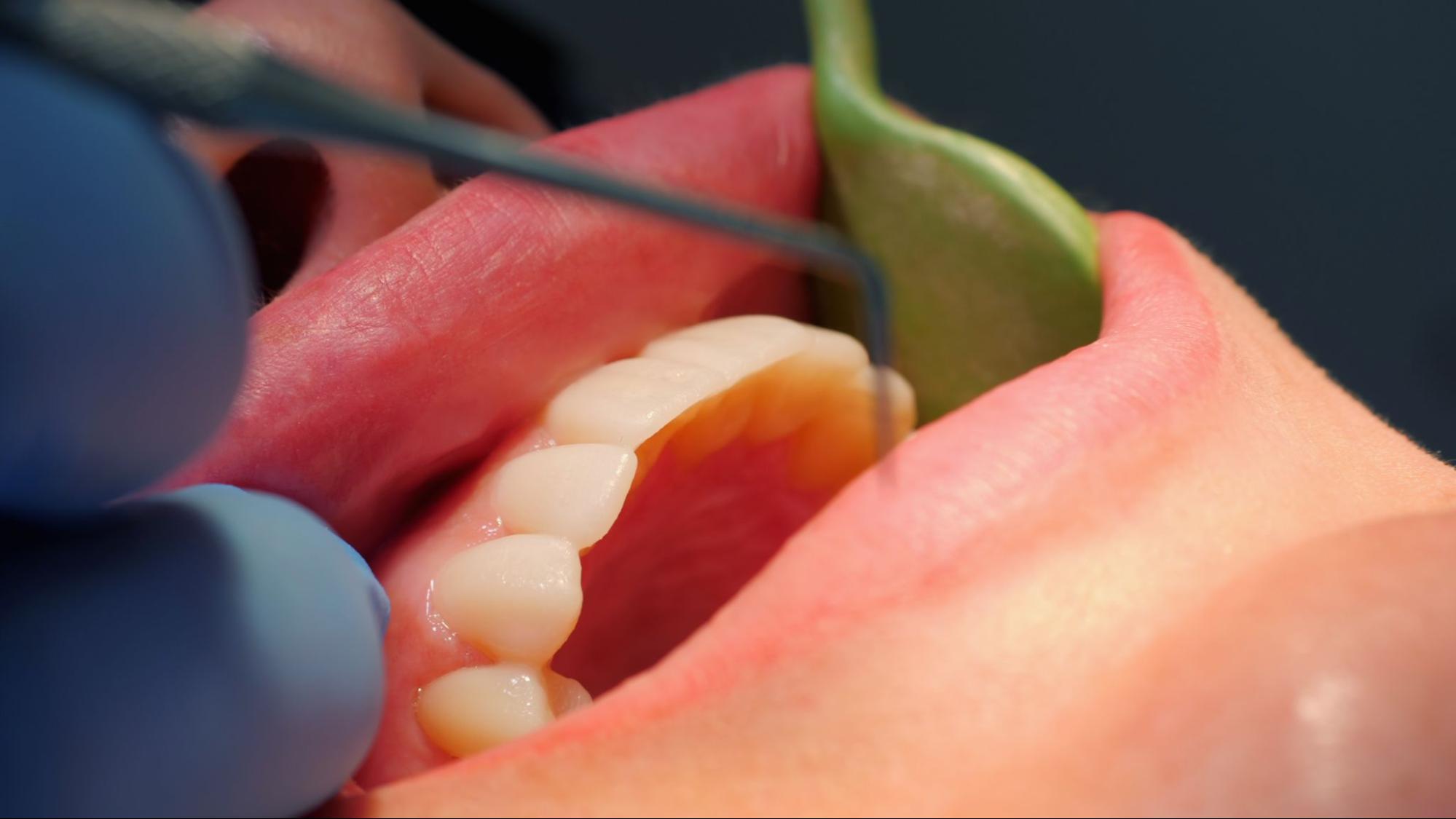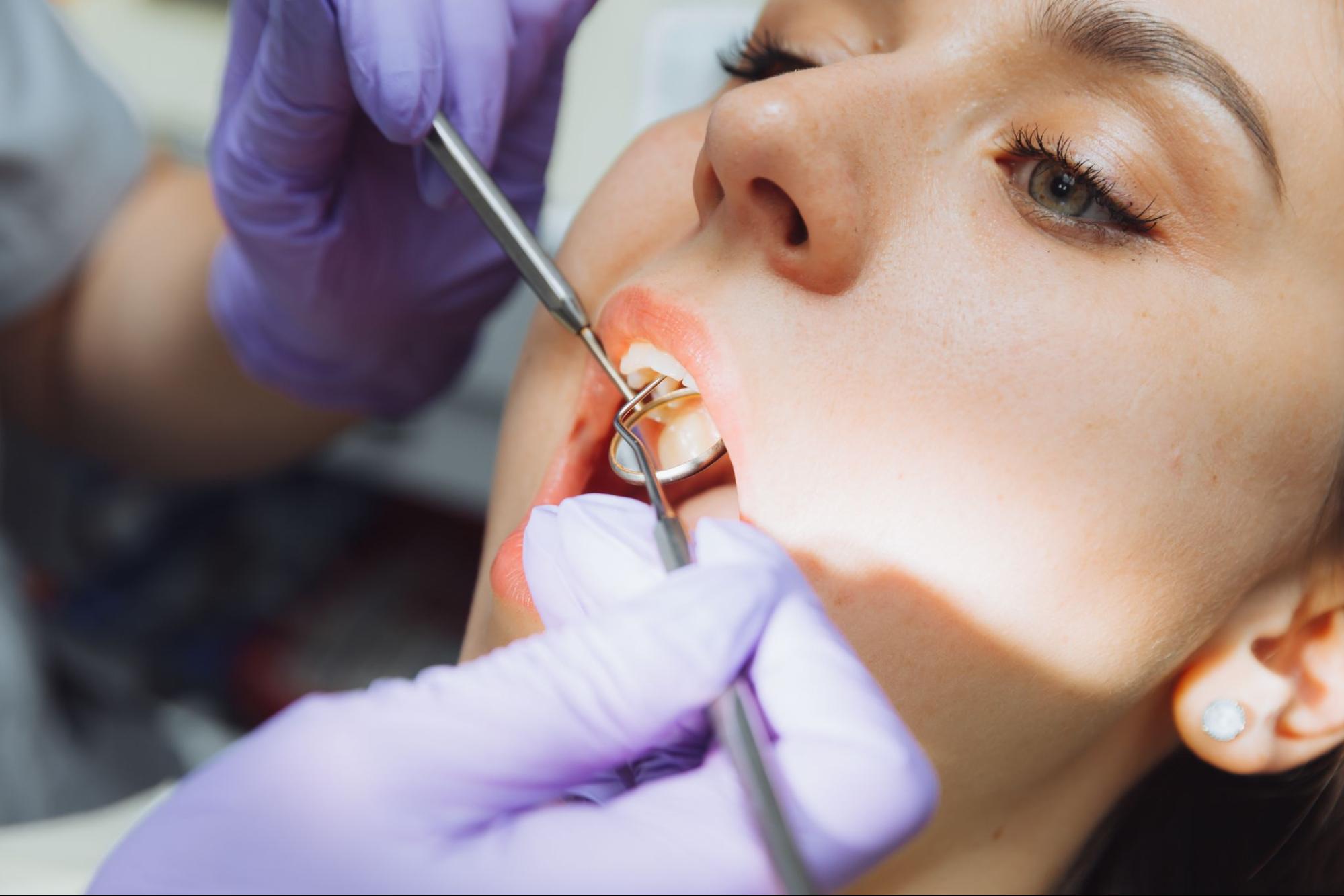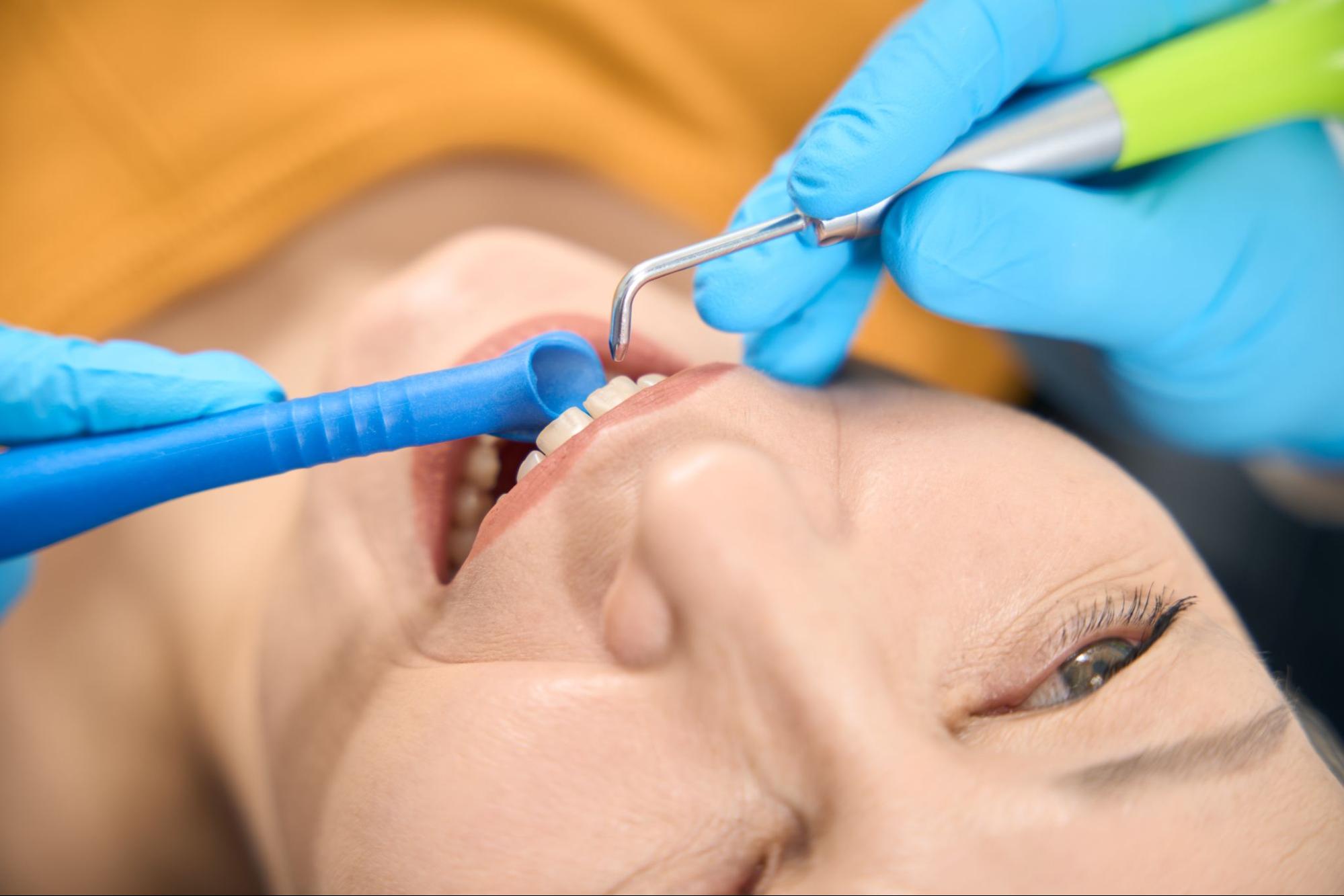Periodontal Scaling and Root Planing: What to Expect Before, During, and After

Maintaining good oral health goes beyond regular brushing and flossing. To restore gum health, more specialized treatments may be necessary for those who have developed gum disease. One such treatment is periodontal scaling and root planing. If your dentist has recommended this procedure, it’s essential to understand what it entails and what you can expect at each stage.
Periodontal scaling and root planing are non-surgical treatments designed to treat gum disease by deep cleaning the teeth and gums, removing plaque and tartar, and smoothing the root surfaces to help the gums reattach. This blog will walk you through everything you need to know about periodontal scaling and root planing, including the procedure, preparation, aftercare, and potential outcomes.
What is Periodontal Scaling and Root Planing?
Periodontal scaling and root planing, often referred to as a “deep cleaning,” is a two-step procedure used to treat gum disease (periodontitis). Gum disease is typically caused by a buildup of plaque and tartar along the gum line, which leads to infection, inflammation, and potential damage to the teeth and supporting structures if left untreated.
Scaling
The scaling part of the procedure involves removing plaque and tartar from above and below the gum line. Using specialized tools, the dentist or dental hygienist scrapes away hardened plaque (also known as calculus) from the surfaces of your teeth, especially in areas that are hard to reach with a regular toothbrush.
Root Planing
Root planing involves smoothing the surfaces of the tooth roots. This procedure helps to remove bacteria and toxins that may be present below the gum line. It also provides a smooth surface for the gums to reattach to the teeth. The goal is to eliminate any rough areas that could trap bacteria and plaque, promoting healthier gums and teeth.
Both scaling and root planing are critical for individuals with moderate to severe gum disease. These treatments help prevent the disease from progressing and can even reverse some of the damage caused by infection.
What to Expect Before Periodontal Scaling and Root Planing
Before undergoing periodontal scaling and root planing, your dentist will thoroughly assess your oral health and determine if this treatment is appropriate for you. Here’s what to expect before the procedure:
Initial Consultation and Diagnosis
Your dentist will start by performing a comprehensive exam, which may include:
X-Rays
To examine the health of the bone and surrounding tissues.
Measuring Gum Pockets
Your dentist will measure the depth of the spaces between your gums and teeth (gum pockets) using a small probe. Deeper pockets may indicate more advanced gum disease.
Reviewing Your Health History
Your dentist should be aware of any medical conditions, medications, or allergies that may affect the treatment.
Based on these assessments, your dentist will diagnose the stage of gum disease and determine whether scaling and root planing are necessary. A standard cleaning may suffice if you’re experiencing early signs of gum disease (gingivitis). However, scaling and root planing may be required if your condition has progressed to periodontitis.
Preparing for the Procedure
Once your dentist recommends scaling and root planing, you may receive pre-procedure instructions. These may include:
Antibiotics
In some cases, your dentist may prescribe antibiotics before the procedure to help control bacterial infection.
Pre-Procedure Hygiene
You may be asked to brush and floss your teeth thoroughly before your appointment to minimize the amount of plaque present.
Medication Adjustments
If you take any medications, your dentist may advise you to adjust them (e.g., blood thinners) temporarily.
Designating a Driver
If you require sedation, such as oral sedatives or nitrous oxide (laughing gas), you will need someone to drive you to and from the appointment.

What to Expect During Periodontal Scaling and Root Planing
Scaling and root planing typically require more than one appointment, especially if multiple areas of the mouth are being treated. The process can take anywhere from 45 minutes to an hour per quadrant of the mouth. Here’s a breakdown of what you can expect during the procedure:
Local Anesthesia
To ensure your comfort during the procedure, your dentist will likely administer a local anesthetic. This anesthetic will numb the gums and teeth in the treated areas to minimize discomfort. For patients with more severe gum disease or those with a low pain tolerance, sedation may also be used.
Scaling and Cleaning
Once the anesthesia takes effect, your dentist will use specialized instruments, such as ultrasonic devices and hand scalers, to remove plaque and tartar from the surfaces of your teeth and beneath the gum line. The dentist may also use water or air to rinse the area and remove debris. If necessary, the dentist will work in sections, focusing on one quadrant of the mouth at a time. You may feel some pressure during the procedure, but it should not be painful. If you experience discomfort, inform your dentist, as they can adjust the anesthesia or provide additional numbing.
Root Planing
After scaling, the dentist will proceed to root planing. This part of the procedure involves smoothing the rough surfaces of your tooth roots to eliminate bacteria and promote healing. Root planing helps the gums reattach to the teeth and creates a smoother surface that’s less likely to attract plaque in the future.
Post-Procedure Care
Once the procedure is completed, your dentist will discuss aftercare instructions with you. You may experience some mild discomfort, sensitivity, or swelling, especially in the treated areas. Your dentist will provide advice on how to manage these symptoms and ensure proper healing.
What to Expect After Periodontal Scaling and Root Planing
The recovery process after periodontal scaling and root planing is relatively simple, but following your dentist’s instructions is essential to ensure optimal healing. Here’s what you can expect after the procedure:
Immediate Aftercare
Immediately after the treatment, you may experience some mild discomfort, tenderness, and sensitivity in the gums and teeth. These symptoms are typical and should subside within a few days. The gums may sometimes bleed slightly for the first few hours, but this should stop soon after the procedure. To manage any discomfort, your dentist may recommend over-the-counter pain relievers such as ibuprofen. In rare cases, if the discomfort persists, your dentist may prescribe stronger pain medication or antibiotics to prevent infection.
Swelling and Sensitivity
Some swelling and sensitivity in the gums are common after scaling and root planing and should subside within a few days. If you experience significant discomfort or swelling that doesn’t improve, contact your dentist to rule out any complications. Your teeth may also feel sensitive to hot or cold for a short time after the procedure. This sensitivity typically decreases as your gums heal and reattach to the tooth roots.
Oral Hygiene and Care
Maintaining good oral hygiene is essential after scaling and root planing. However, you should take extra care during the initial days following the procedure. Your dentist will recommend a gentle brushing technique and possibly a soft-bristled toothbrush to avoid irritating the gums.
Avoid flossing around the treated areas for at least a few days to give the gums time to heal. If necessary, your dentist may recommend an antimicrobial mouth rinse to help reduce the risk of infection.
Follow-Up Appointments
After periodontal scaling and root planing, your dentist will schedule a follow-up appointment to monitor the healing process and check the depth of your gum pockets. This will help determine if further treatment, such as additional cleaning or periodontal maintenance, is needed.
Lifestyle and Dietary Considerations
For the first few days after the procedure, avoid foods that are too hot, cold, or hard, as they may aggravate your sensitivity. Stick to soft, mild foods and drink plenty of water to stay hydrated. Avoid smoking or using tobacco products, as they can slow down the healing process and increase the risk of infection.
Long-Term Care and Prevention
After the initial healing period, it’s important to continue practicing excellent oral hygiene habits, including brushing twice daily, flossing regularly, and visiting your dentist for routine cleanings and check-ups. Proper maintenance will help prevent the recurrence of gum disease and ensure the long-term health of your gums and teeth.
Your dentist may recommend more frequent cleanings or periodontal maintenance to ensure that your gums stay healthy and that plaque and tartar don’t build up again.
Benefits of Periodontal Scaling and Root Planing
Periodontal scaling and root planing offer numerous benefits, including:
Prevention of Further Gum Disease
Scaling and root planing help prevent the progression of gum disease, including tooth loss, by removing plaque and tartar buildup.
Gum Reattachment
Root planing helps the gums reattach to the teeth, reducing the size of gum pockets and promoting healthier gums.
Improved Breath
Removing bacteria and toxins can help eliminate bad breath (halitosis) caused by gum disease.
Restoration of Gum Health
This procedure can improve the overall health of your gums and reduce inflammation, making your mouth healthier and more comfortable.

Why Periodontal Scaling and Root Planing Matters for Health
If you have been diagnosed with gum disease, periodontal scaling and root planing are highly effective treatments that can help restore the health of your gums and prevent further damage. Understanding what to expect before, during, and after the procedure can make you feel more confident and prepared for your treatment. By following your dentist’s instructions for care and maintenance, you can ensure that your gums remain healthy for years to come. Remember, early intervention is key, so if you’re experiencing symptoms of gum disease, don’t hesitate to seek treatment. Consult with your dentist to discuss whether periodontal scaling and root planing are right for you, and take the first step toward healthier gums and a brighter smile.
For more helpful tips on maintaining your oral health, visit the Kids Smile Pediatric Dentistry blog and stay informed on the best practices for a healthy smile!
